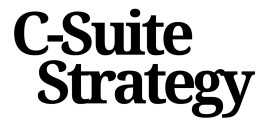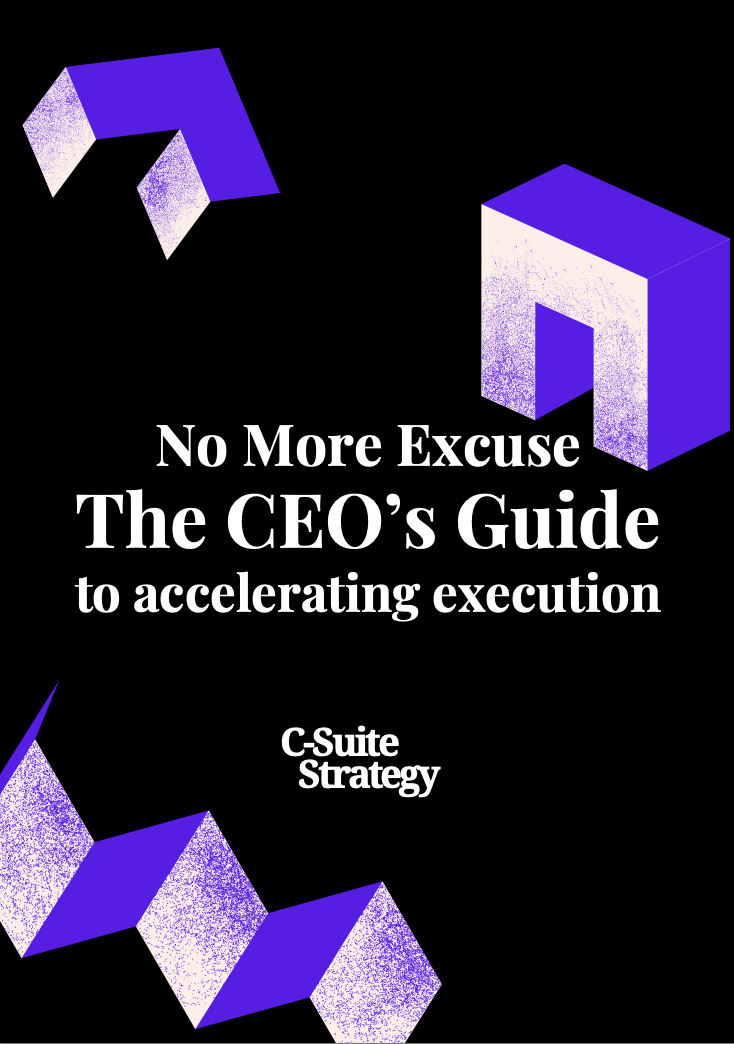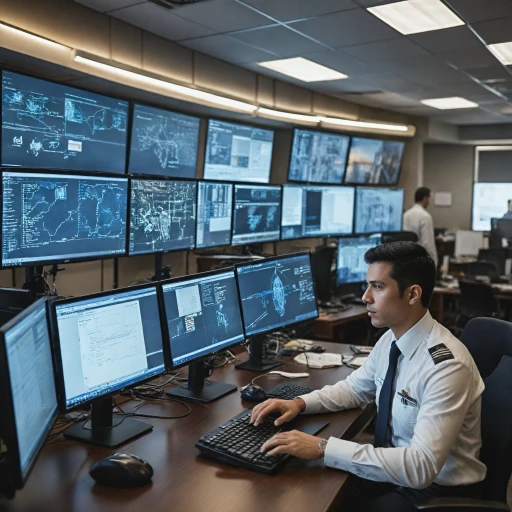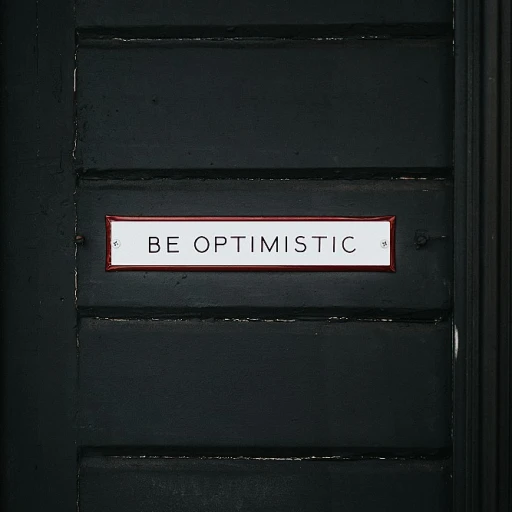
Understanding the Chief Management Officer's Role
Establishing the Strategic Impact of the CMO
In the world of corporate governance, the title of Chief Management Officer (CMO) carries a weight of responsibility that spans across various facets of an organization. While often closely tied to traditional business operations, the role of a CMO is more expansive, acting as a catalyst for strategic transformation. Unlike the more commonly known Chief Marketing Officer, the CMO in this context is pivotal in aligning management strategy with the broader goals of the company.
Fundamentally, the CMO's focus is strategic leadership. This means not only overseeing the daily tasks but also shaping the long-term vision of the business. The scope of this role involves intricate planning and resource allocation, ensuring that the organization's goals are met with efficiency and agility.
Furthermore, the position influences many core areas such as defense business strategies within the organization, in both private and government sectors. Collaborating with the Department of Defense (DoD) and the United States' fiscal year planning, the CMO must also excel in budget management, aligning efforts to comply with defense authorization mandates.
Integrating the responsibilities with those held by other C-suite members, such as the Chief Executive Officer and Deputy Secretary of various departments, the CMO plays an instrumental role in decision-making processes. Success in this role demands an appreciation of cross-department collaboration and a comprehensive understanding of the organization's strategic objectives.
As organizations evolve, the CMO's responsibilities also include fostering innovation and driving change, tasks that are interlinked with sections focusing on navigating compliance and transforming business operations. With a vigilant focus on risk management, CMOs ensure that strategic goals are not just aspirational but realizable.
Aligning Business Goals with Strategic Vision
Harmonizing Objectives with Broader Organizational Intent
In the complex tapestry of strategic leadership, the Chief Management Officer (CMO) plays a pivotal role in ensuring that the business's objectives are tightly aligned with the overarching strategic vision. This involves a multifaceted approach to augment business operations while also orchestrating the various departments to function in harmony. The CMO must first gain a comprehensive understanding of the organization’s strategic goals and the specific objectives of each department. This includes the Department of Defense's (DoD) unique roles and responsibilities that influence the larger strategic framework. Within the DoD, connections with different government entities such as the deputy secretary and the defense business operations division further illustrate the need for cohesion. Ultimately, the goal is to ensure that the vision is not just a statement on a page but a tangible direction that every executive, from the chief executive officer to the office board, can rally behind. By aligning business goals with this larger vision, a CMO can initiate successful business transformation, driving long-term growth. The CMO's approach must be holistic, leveraging insights from executives across the organization to inform strategic decision-making. This involves closely collaborating with the office of the secretary defense and other key leaders within the defense authorization network, allowing for a unified drive towards innovation. Engaging in comprehensive forums, such as offering insights from strategic leaders, can provide valuable viewpoints and aid in aligning strategic imperatives across the board. Moreover, ensuring constant communication between the involved parties—from the business secretary to the deputy roles—facilitates an environment conducive to defense business objectives. Utilizing effective executive communication techniques ensures transparency and brings every department into the fold, thereby laying the groundwork for significant business transformation.Driving Innovation and Change
Driving Transformative Initiatives Across the Organization
In today's competitive landscape, the Chief Management Officer (CMO) plays a pivotal role in steering innovation and orchestrating change within a company. This strategic function demands a nuanced understanding of how to integrate new ideas into the existing frameworks of an organization. The CMO's responsibilities stretch across various operational units, involving collaboration with the Department of Defense, the Secretary of Defense, and other executive counterparts to ensure alignment with the company's long-term board dynamics.
By embracing a forward-thinking mindset, the CMO can not only initiate but also drive defense business transformation projects, ensuring they are seamlessly implemented across business operations. This involves working closely with department leads, the defense department, and even the deputy secretary to harmonize strategies that promise sustainable growth and competitiveness.
Furthermore, the Chief Management Officer is tasked with fostering an environment of continuous improvement. This requires the CMO to identify operational inefficiencies, measure their impact on the fiscal year outcomes, and introduce corrective strategies. Through these actions, the CMO contributes significantly to the organization’s office culture, promoting an ethos of innovation and resilience that permeates from the executive level to departmental teams.
Effective Communication Across the C-Suite
Fostering Cohesion in the Executive Team
In the intricate landscape of C-suite dynamics, effective communication stands as a cornerstone for strategic leadership. The Chief Management Officer (CMO) plays a pivotal role in bridging gaps between various departments and ensuring a unified approach to business operations. This task requires a keen understanding of the organization’s goals and the ability to articulate these objectives clearly across the executive team.
Building Bridges Across Departments
The CMO must navigate the complex interdepartmental relationships within the company. By fostering open communication channels, the CMO can facilitate collaboration between the defense department and business operations, ensuring that all parts of the organization are aligned with the strategic vision. This alignment is crucial for driving innovation and managing risks effectively.
Enhancing Decision-Making Processes
Effective communication is not just about conveying information; it’s about enhancing the decision-making processes within the C-suite. The CMO, often seen as a mediator, ensures that the executive team, including the deputy secretary and other key roles, have the necessary insights to make informed decisions. This involves synthesizing data from various sources and presenting it in a way that supports strategic decision-making.
Facilitating a Culture of Transparency
Transparency is vital for building trust within the executive team. The CMO must champion a culture where open dialogue is encouraged, and diverse perspectives are valued. This approach not only strengthens the team’s cohesion but also enhances the company’s ability to adapt to changes in the business environment.
By prioritizing effective communication, the Chief Management Officer helps create a resilient and agile organization, capable of navigating the complexities of modern business landscapes. This role is instrumental in aligning the company’s long-term goals with its strategic vision, ensuring that the organization remains competitive and innovative in the face of evolving challenges.
Risk Management and Strategic Decision-Making
Mastering Risk Management Within the Strategic Framework
Navigating the intricate landscape of risk management is a vital element of the Chief Management Officer's (CMO) responsibilities in any organization. The role sits at the nexus of defense and business strategy, requiring a keen understanding of potential risks and corresponding strategic decision-making. In the realm of a CMO within the United States government, such as the Department of Defense, the emphasis on risk management is even more pronounced. Effective management within this role involves assessing and mitigating risks that could impact both business operations and the long-term strategic vision of the organization. The Defense Authorization Act and various fiscal year mandates often provide guidance on managing such risks, ensuring that strategies align with organizational and governmental priorities. ### Strategic Decision-Making for Sustainable Growth A key aspect of the CMO's role is implementing strategies that not only defend against risks but also capitalize on opportunities for growth and innovation. This requires a dynamic approach to decision-making, where the CMO offices, alongside the deputy secretaries and other C-suite members, facilitate a balance between defense business transformations and day-to-day business operations. The effective executive understands that risk is not isolated to business operations; it extends to strategic and transformational roles and responsibilities across the company. By integrating comprehensive risk assessments with business goals, the executive team can develop a more agile approach that anticipates and mitigates potential threats to strategic objectives. ### Collaborative Strategy Development Incorporating a defense-oriented strategy into the broader business goals necessitates collaboration across the board. CMOs should work closely with the leadership team, including the chief executive and management officer, to foster a risk-aware culture. This ensures that risk management becomes an intrinsic part of strategic planning and execution. By building a coherent risk management strategy that aligns with the organization's objectives, CMOs contribute significantly to sustaining and enhancing operations. This involves continuous learning and adaptation, where measuring success and identifying opportunities for improvement are integral parts of the strategic process. Ultimately, through skillful navigation of risk management and strategic decision-making, the CMO helps build a resilient and innovative organization capable of withstanding both current and future challenges.Measuring Success and Continuous Improvement
Evaluating Performance and Fostering Improvement
One of the crucial roles of a Chief Management Officer (CMO) is establishing a robust framework for evaluating performance at every organizational level. By integrating both qualitative and quantitative metrics, the CMO can ensure that the company remains on track with its strategic goals while fostering a culture of continuous improvement.
Performance evaluation is not solely about numbers; it encompasses a holistic approach to understanding business operations. This includes recognizing innovative efforts and encouraging innovation throughout the company, as mentioned in previous sections. Aligning performance metrics with the strategic vision ensures that everyone within the organization is working toward the same objectives.
Utilizing Data for Strategic Insights
Effective performance measurement involves leveraging data analytics to provide strategic insights. The CMO must collaborate with other executive leaders to interpret this data, identifying trends and areas requiring adjustment in business strategies. This not only aids in strategic decision making but also helps in managing potential risks that were discussed earlier in the piece.
Encouraging Feedback and Adaptability
A dynamic feedback loop is essential to fostering continuous improvement. The CMO must promote open communication across all levels, encouraging employees to provide input on processes and operations. This feedback can be invaluable for initiating business transformations that align with the company's long-term goals.
Incorporating input from a variety of voices, including the department defense and board, strengthens the roles and responsibilities of the CMO position by ensuring a comprehensive view of the strategic landscape.
Benchmarking and Iterating on Success
Regularly benchmarking organizational performance against industry standards and competitors is another vital aspect of measuring success. The Chief Management Officer acts as a guide in defining these benchmarks, ensuring they are both challenging and attainable.
By iterating on past successes and failures, the CMO facilitates a culture where lessons learned translate into actionable strategies that foster resilience and agility. That's the hallmark of an effective executive overseeing a thriving business ecosystem at the heart of operations.














